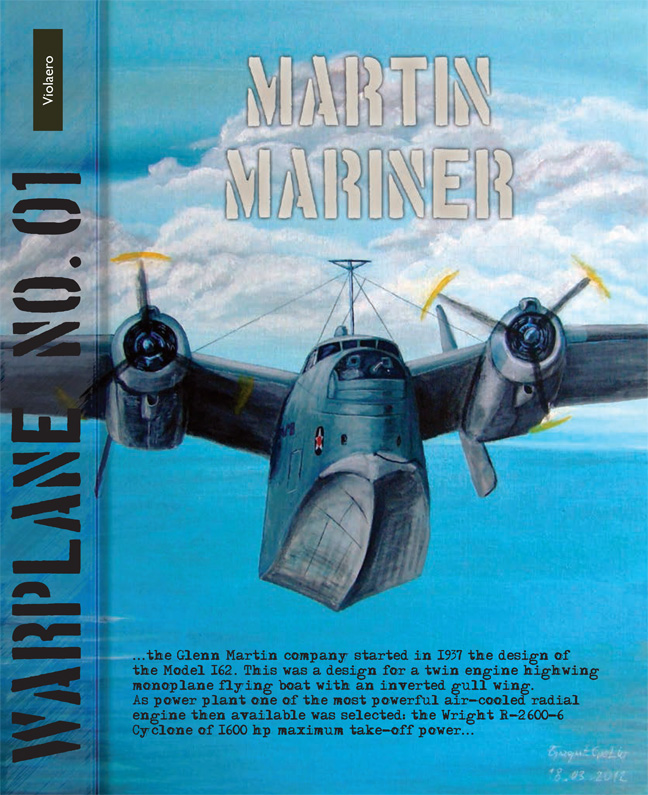Book contents
Summary
The famous PBY Catalina flying boat has earned a reputation for its durability, reliability and performances that lasted even for years after the end of the Second World War in 1945. It was introduced in 1936 and built in large numbers and saw action on both the Atlantic and Pacific areas in a number of roles.
Soon a more modern successor was designed and mass produced, but this type, the Martin PBM Mariner, gained for some obscure reasons much less fame than the Catalina.
This story will give the Mariner a little more credit on its side since it was far from a mediocre aircraft as sometimes stated. Just like the Catalina it was produced in large numbers and saw active service during the Second World War. It performed very well at various tasks like maritime patrol, U-boat hunting, search-and-rescue work and even as a transport plane for military equipment and soldiers.
This book will give an insight on the development, the use and the various types and sub-types that were built, illustrated with a lot of photographs; some of these rare and never published.
Early development and flying
Recognizing that the venerable PBY Catalina flying boat had to be replaced by a more modern type, the Glenn Martin company started the design of the Model 162 in 1937.
This was a design for a twin engine high-wing monoplane flying boat with an inverted gull wing. As power plant one of the most powerful air-cooled radial engine then available was selected: the Wright R-2600-6 Cyclone of 1600 hp maximum take-off power.
The new maritime patrol flying boat was of allmetal construction with only, as usual at that time, all control surfaces covered with fabric. It had a central two-step hull and two stabilizing floats in the wings that were fully retractable. For self defence it was fitted with a total of five gun positions with 0.50 cal. machine guns.
To test the PBM’s layout, Martin built a ⅜ scale flying model designated as the Martin 162A. It was fitted with a 120 hp Martin-built four-cylinder inverted in-line Chevrolet 4-333 engine buried amidships in the fuselage and belt-driving two propellers fitted in wing nacelles. It only carried a pilot and was flown for the first time in December 1937 carrying the civil registration NX19168. It was not only flight tested but also extensively wind-tunnel tested.
- Type
- Chapter
- Information
- Martin Mariner , pp. 2 - 48Publisher: Amsterdam University PressPrint publication year: 2012



